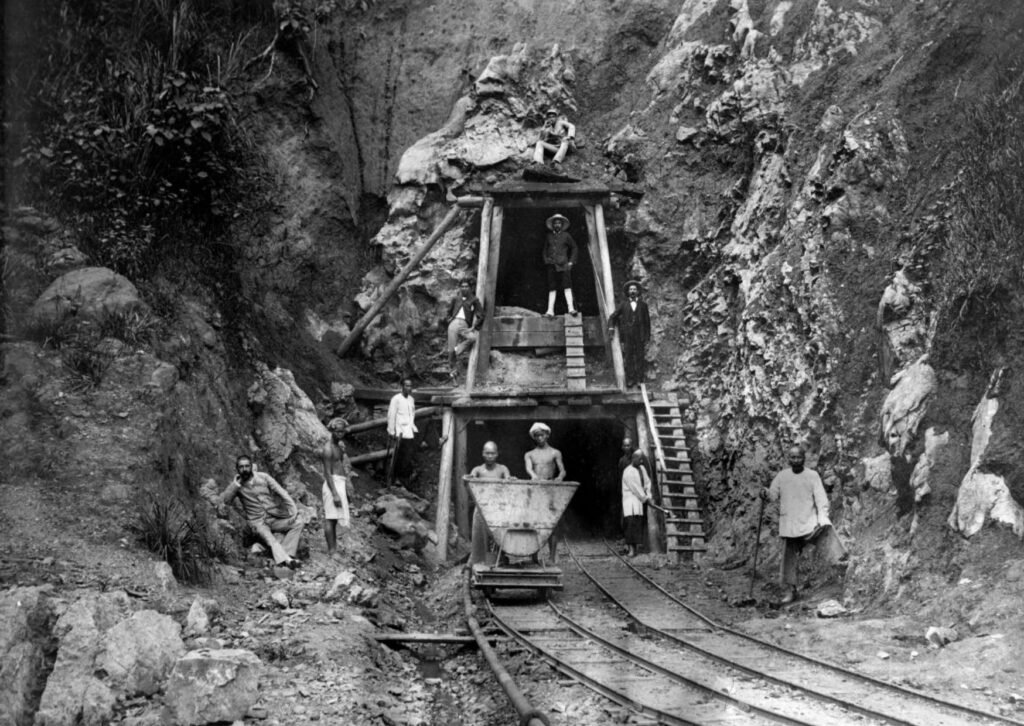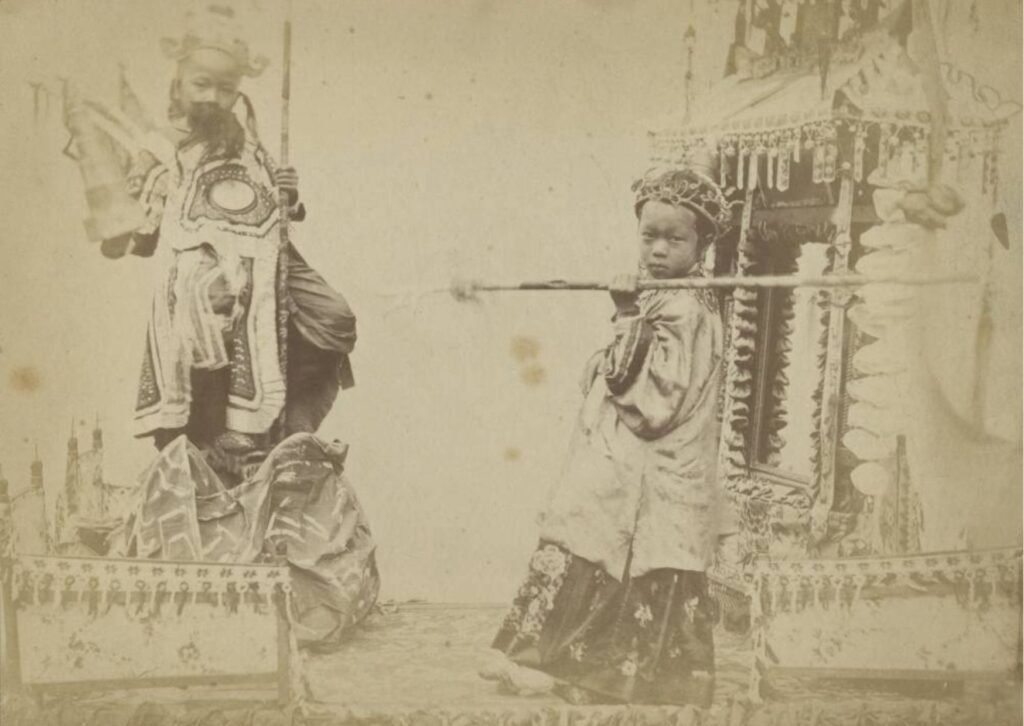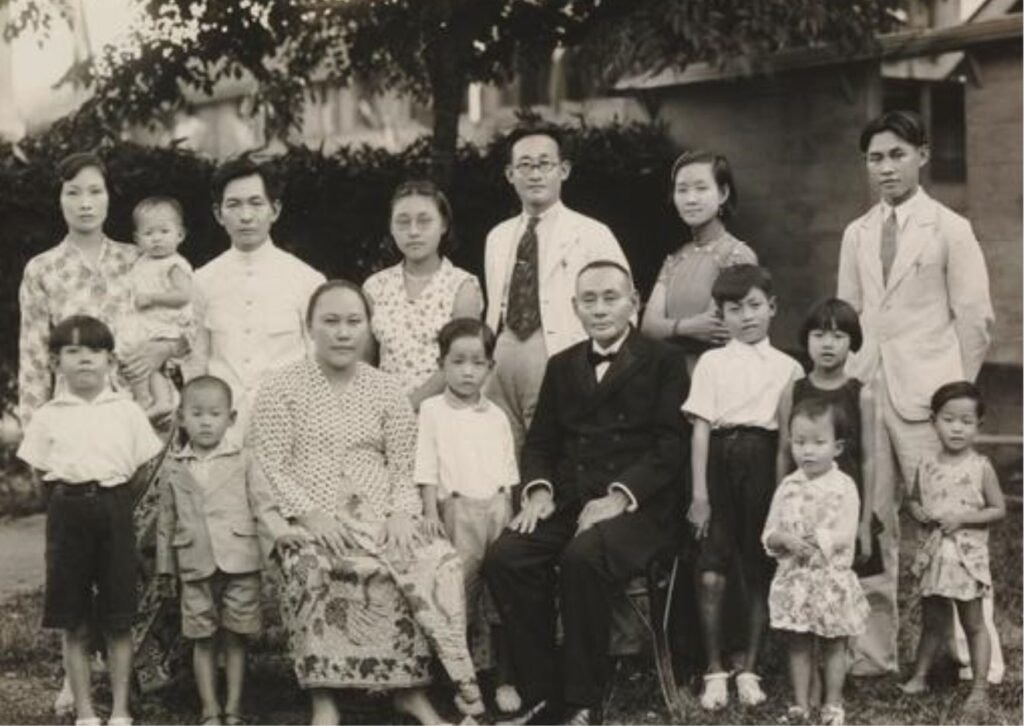Uncategorized
Crossing the Seas: The Chinese Migration to Nusantara
The arrival of the Chinese to Nusantara was for trade purposes. Long before the arrival of the Europeans in Indonesia, the Chinese had already established trading ports along the northern coast of Java. Nusantara became a meeting point for traders from China, India, and Persia. This region was frequently visited by foreign traders, thus many areas along the coast of Nusantara experienced a fusion of foreign cultures, including Chinese culture.
The Chinese arrived in Indonesia through two main routes: the western and eastern routes. Ships sailing through the western route would start their journey from China, heading toward Hainan Island, southern Vietnam, Siam (Thailand), West Kalimantan, and the eastern coast of Malaysia. If possible, the journey would continue to Sumatra and Java. The eastern route would pass through southwestern Taiwan, heading to Luzon Island, Mindoro Strait, Calamian Islands, Palawan, and Kinabalu. The journey would continue along the northern coast of Kalimantan, Pontianak, Karimata, Belitung, and finally dock at Johor, East Sumatra, and the northern coast of Java.
Chinese migration to various places in Southeast Asia was driven by various factors, including high population density in China, political reasons related to trade, economic motives, and other social reasons. The Chinese migrants generally came from three provinces: Guangdong, Fujian, and Guangxi. This migration has been ongoing since the Ming Dynasty, but larger-scale migration occurred during the transition from the Ming Dynasty to the Qing Dynasty.

There are four patterns of Chinese migration. The first is the trade pattern 華商 (huashang), which is the oldest. Scholars aren’t sure when trade relations between China and Southeast Asia began, but many agree that this trade started in the 5th century AD. This pattern became dominant, especially in the 18th century, and became significant by 1850.
The second pattern is the coolie pattern 華工 (huagong). This pattern emerged when colonial governments developed mining and plantation industries in various Southeast Asian regions. The growth was rapid because large numbers of Chinese immigrants were brought in simultaneously. Most of these workers came from poor families who ventured without knowledge of the destination. This pattern began with the opening of gold mines in West Kalimantan. In the 19th century, the demand for tin in the global market increased, prompting the Dutch to develop tin mining in Bangka and Belitung, bringing in many Chinese miners. Chinese laborers were also brought to various regions in East Sumatra to work on plantations, such as timber companies in Riau and tobacco plantations in Deli.
The third pattern is the sojourner pattern 華僑 (huaqiao), which refers to the Chinese living abroad. This term became widely used in the late 19th century and included not only 華商 (huashang) and 華工 (huagong) but also teachers, journalists, and other professionals who traveled to develop a greater awareness of Chinese culture. The 華僑 (huaqiao) pattern is viewed not from an economic perspective (work) but from an ideological perspective. This pattern emerged alongside the increasing need to infuse Chinese ideology and culture. The journey of Sun Yat-sen (Former President of China) and Kang Youwei (Chinese scholar) to Indonesia in the early 1900s reflect this spirit. This pattern emerged after the 1900s and reached its peak in 1911 with the establishment of the Republic of China.
The fourth pattern is the descent or re-migrant pattern 華裔 (huayi). 華裔 Huayi refers to Chinese people who were in foreign countries and then migrated or moved to other foreign countries. In Indonesia, after the May 1998 riots, many Chinese children and teenagers who had become Indonesian citizens were sent abroad by their parents. Most of them settled in Malaysia, Taiwan, Singapore, Canada, and Australia.

At the beginning of Chinese migration to Indonesia, Chinese people temporarily settled in port towns while waiting for favorable winds to return to China or continue their journey elsewhere. However, some Chinese people married local women and eventually settled down. From here, Chinese communities were formed around port towns. The coastal areas of Nusantara then assimilated with Chinese culture, as seen in Palembang, Semarang, Madura, and Singkawang.
In the history of Chinese migration to Indonesia, the Hakka ethnic group is commonly known for being mine and plantation workers. The first arrival of the Hakka people occurred around 1700. They began to arrive after the discovery of gold deposits in West Kalimantan and were brought from Sarawak to the gold mines. In the past, Singkawang played an important role as a port city. Singkawang was referred to as “Little China” because the life of the Hakka people there was similar to their hometown.
From the 10th to the 16th centuries, migrants rarely settled permanently. If they did, it was generally because they married local women. From 1567 to the 1800s, Chinese settlements in the diaspora grew larger and more permanent, such as in Batavia, Bangkok, and Manila. In the 1700s, mining communities emerged in Vietnam, Cambodia, Bangka, Kalimantan, Siam, and Malaya. The proportion of Chinese or Chinese-descendant populations peaked during that time.

As a port city, Banten attracted many foreign traders. One of the main commodities traded at the time was pepper. The city of Tangerang, located between Banten and Sunda Kelapa, served as a hub for the distribution of pepper. Many plantation owners employed Chinese workers who had knowledge of sugar mill technology and distillation. This led to many Chinese people settling in Tangerang.
In 1710, the Hakka migrated to the Bangka and Belitung islands in Sumatra to work in tin mining, with this migration continuing until the mid-1800s. Hundreds of Hakka men arrived without their families, and upon completing their mining contracts, they had the option to return to China or settle near the mining areas. Many who chose to stay married local women.
In Indonesia, there are five main dialect groups: Hokkian, Hakka/Khek, Cantonese/Guangfu, Tiochiu, and Hainan. These groups can be categorized into two: the Totok Chinese and the Peranakan Chinese. The Peranakan Chinese primarily speak Indonesian and have generally lost the ability to speak Mandarin. This group also includes descendants of mixed marriages between Chinese and local Indonesians. The Peranakan Chinese form the majority within the Chinese community in Indonesia. Culturally, they have integrated with the local traditions, creating a unique blend of influences.

The Totok Chinese first arrived in Indonesia when China opened its doors to migration in 1923. They arrived with their families, maintaining communication in Mandarin and preserving their traditional Chinese cultural practices. This group is also called ‘singke,’ which tends to have a negative connotation. The Totok Chinese established Chinese schools in Indonesia. When it comes to food, the Totok Chinese typically prefer dishes that align with their traditional culinary practices, while the Peranakan Chinese are more inclined to embrace local flavors. Examples of Totok Chinese cuisine can be found in Tiochiu, Cantonese, and Fuqing restaurants. In contrast, dishes like Swikee Purwodadi, Pempek Palembang, Sapo Tahu Medan, and Kwetiaw Sapi Pontianak reflect the culinary assimilation of the Peranakan Chinese.
The acculturation between the Chinese and Indonesian culture occurred not only in cuisine, but also in the arts, such as Wayang Potehi, Peranakan batik, Gambang Kromong, architecture, and more. However, the cultural assimilation of Chinese elements was only fully established after the New Order Era. Previously, President Soeharto dismantled the three pillars that upheld Chinese culture in Indonesia: organizations, mass media, and schools. After the end of the New Order Era in 1998, when President Soeharto was overthrown, the Chinese community regained the freedom to express their culture.
Source:
Mukhaer, A. (2021, May 21). Memahami dunia Tionghoa Indonesia, antara Totok dan Peranakan. National Geographic Indonesia. Retrieved from https://nationalgeographic.grid.id/read/132701890/memahami-dunia-tionghoa-indonesia-antara-totok-dan-peranakan?page=all
Witanto, E. (2024). Remah berserak. Jakarta: Kompas.


